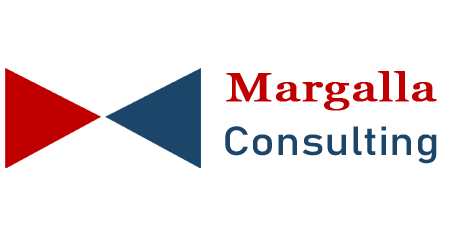In today’s rapidly evolving corporate landscape, traditional methods often fall short in addressing complex challenges. Companies face unprecedented disruptions from technological advancements, global competition, economic uncertainty, and changing consumer behavior. In such a dynamic environment, out-of-the-box solutions—innovative, creative approaches that break away from conventional thinking—have emerged as the cornerstone of durable and effective problem-solving. Let’s elaborate as to why they work so well:
Address Root Causes, Not Symptoms
Conventional solutions often focus on managing symptoms of problems rather than eliminating their underlying causes. Out-of-the-box thinking involves a holistic examination of challenges, enabling businesses to identify systemic issues, challenge assumptions that perpetuate inefficiencies and create sustainable changes instead of temporary fixes. For example, instead of merely improving marketing efforts to combat declining sales, an innovative approach might explore transforming the customer experience, adopting new technologies, or diversifying product offerings.
Drive Innovation and Competitive Advantage
Creativity fosters innovation, a critical component for staying competitive. Out-of-the-box solutions lead to groundbreaking ideas that set companies apart from their rivals. Consider examples such as Apple which revolutionized consumer technology by integrating design, functionality, and simplicity. Similarly, Tesla redefined the automobile industry by combining electric vehicles with advanced software. Such forward-thinking strategies allow businesses to leapfrog competitors, capture new markets, and create value for stakeholders.
Tailored to Unique Challenges
Every organization faces unique challenges based on its industry, market dynamics, and internal culture. Traditional, one-size-fits-all approaches fail to account for these nuances. Out-of-the-box solutions, however, emphasize customization because these are tailored to the specific needs and goals of the business and organizations can adapt strategies to fit local markets, cultural preferences, and operational constraints. For instance, a supply chain optimization strategy for a multinational corporation in a developed market will differ significantly from that for a local manufacturer in a developing country.
Foster Resilience in Uncertain Times
The global business environment is increasingly unpredictable, with disruptions like pandemics, geopolitical tensions, and technological disruptions becoming the norm. Out-of-the-box solutions enable companies to a) Build flexibility into their operations, b) Experiment with alternative strategies to adapt to changing circumstances and c) Create contingency plans that go beyond traditional risk management. By thinking creatively, businesses can not only survive crises but also find opportunities for growth amid chaos.
Inspire Organizational Growth and Development
Out-of-the-box problem-solving empowers employees and leaders alike by encouraging critical thinking, collaboration, and innovation. This has far-reaching benefits like a) Teams become more engaged and motivated when involved in creative projects, b) Leaders develop the confidence to take calculated risks and c) The organization cultivates a culture of continuous improvement. As employees embrace innovative practices, they become change agents who contribute to long-term organizational success.
Leverage Technology and Emerging Trends
Technology plays a pivotal role in reshaping industries. Out-of-the-box solutions often involve leveraging emerging tools like artificial intelligence, blockchain, and data analytics to automate and streamline operations, generate actionable insights from complex datasets and enhance customer experiences through personalization. For example, companies using AI-powered chatbots or predictive analytics outperform those relying on outdated methods for customer service or decision-making.
Enable Long-Term Sustainability
Durable solutions are those that balance short-term results with long-term sustainability. Out-of-the-box approaches often prioritize strategies that consider environmental, social and governance (ESG) principles, scalability to support future growth and resource optimization to maximize efficiency. Businesses that adopt sustainable practices not only protect the planet but also build stronger relationships with customers, investors, and regulators.
Break Through Stagnation and Unlock Potential
Stagnation is a common challenge in organizations that rely on routine and tradition. Out-of-the-box thinking disrupts this inertia, unlocking new potential by encouraging organizations to explore untapped opportunities, bringing fresh perspectives that reinvigorate stale processes and helping redefine success metrics and goals. For example, an organization stuck in declining markets might pivot to a new industry or adopt a different business model to remain relevant.
More Adaptive to Future Challenges
The corporate world is in a constant state of flux, with new challenges arising daily. Out-of-the-box solutions prepare organizations to embrace change as an opportunity rather than a threat, stay ahead of trends & disruptions and continuously innovate to meet evolving customer expectations. This adaptability ensures that businesses remain agile and relevant in a fast-paced world.
Concluding Thoughts
Out-of-the-box solutions are more durable and effective because they tackle problems at their core, inspire innovation, and prepare organizations for future challenges. These creative approaches help businesses thrive in competitive and unpredictable environments by driving growth, sustainability, and resilience.


